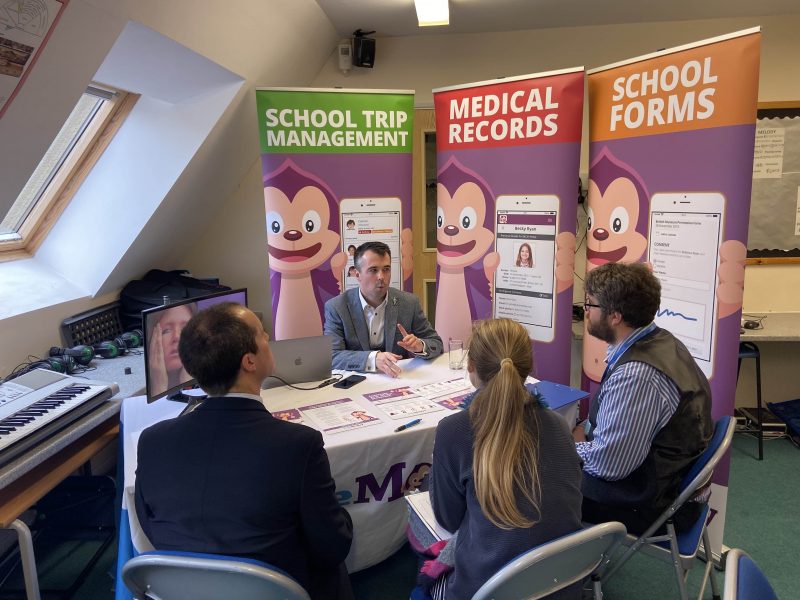

Sustainability is a huge and complex topic, and it can often feel overwhelming to be tasked with explaining it to children and young people. It spans across every element of our planet and modern lives, and is packed with complex issues – climate change, biodiversity loss, waste, overconsumption… There’s a lot to unpack.
But it’s also one of the most important things we can teach the younger generations, and it’s essential that they understand the current health of our planet and how they can help make a difference in their own lifetimes. The good news is that there are some easy, simple ways to explain sustainability without making it sound scary or complicated.
If you’re wondering how to approach this topic in your classroom, here are some grounded, practical ideas to help.

Before diving into big global issues, start a little closer to home. Children and teenagers are much more likely to engage when they can see how it affects them. So, instead of opening with the melting ice caps, ask questions like, “Where does our rubbish go when we throw it away?”.
This kind of opening leads to discussions on the bigger picture more naturally, without it feeling too heavy or abstract. After all, the first step to helping the world around us is by caring about it. Bring the subject of sustainability into everyday lessons by reinforcing cross-curricular connections and little, everyday habits – helping to make caring about the planet a part of how young people think in everything they do.
You could ask them to work out how much electricity the school uses per month, or have them write letters to the council about environmental concerns they’ve noticed in the local area. In science lessons, they could investigate mini-models of water power or solar power machines, or test the water quality from local rivers or lakes.

Interactive examples of how small actions add up to make a big impact can be incredibly powerful. It’s easy for anyone, at any age, to feel like the world’s problems are simply too big to fix – especially as just one person. But as a teacher, you can help them to see how even small actions and daily choices can make a difference.
You could give each child a piece of plastic and ask them to drop it into a bowl of water, one by one. Prompt them to imagine the bowl is the ocean, and imagine every person on the planet doing the same. Seeing how the water soon becomes clogged up with plastic can visually reinforce the importance of ocean sustainability on a personal level. Or, you could try a class challenge – like reducing food waste for a week, or seeing how many single-use plastics everyone can avoid. Similarly, they could begin a class blog around green living ideas, or organise a school swap event for used clothes, toys, and books.
Keep it light and fun, and celebrate the wins; this helps to make sustainability feel empowering rather than guilt-inducing or out of reach.

Big data can be a brilliant tool in sustainability teaching. Showing students real-time information such as deforestation by satellite, or live air pollution maps, helps them to understand the scale of environmental issues in a way that’s both visual and immediate – it’s no longer just something they know to be a ‘fact’, it’s something real that they can see and interact with.
Accessible online tools such as Global Forest Watch, carbon footprint calculators, or Earth School resources can spark deeper conversations around the role of technology, science, and even ethics in environmental problem-solving. You could also use this as a springboard to discuss the hidden impact of using technology itself, as it’s become such a staple in young people’s lives.
Ultimately, sustainability isn’t a one-off lesson or an annual project; it’s something that needs to be woven into everyday life and discussions over time. Leaving space for questions, debates, and ideas, and modelling curiosity, care, and small actions will guide your students to a better understanding of how the world works, what’s at stake, and how their choices make a tangible difference.